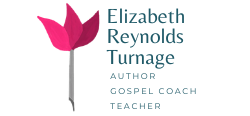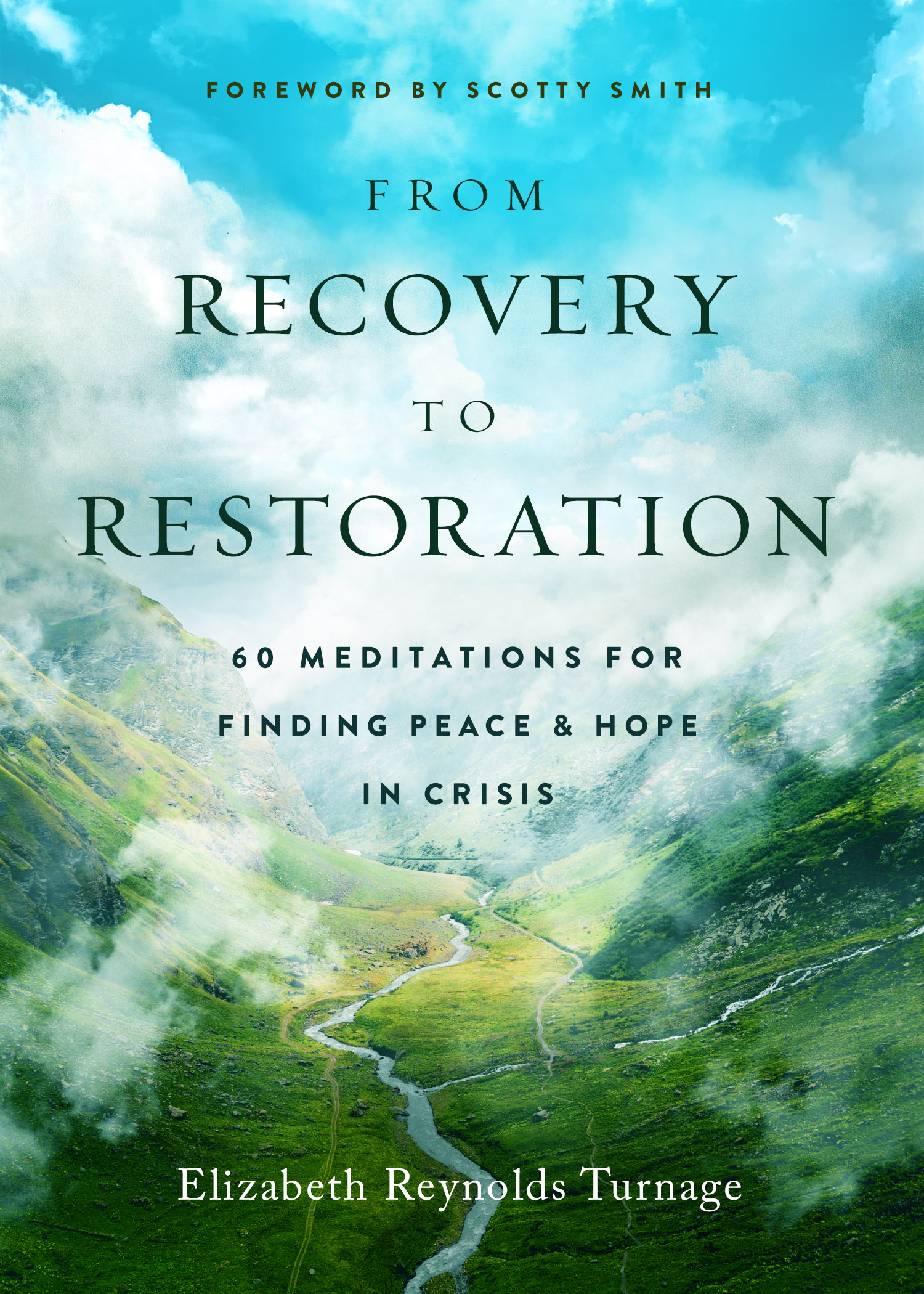
Bible Study: Six Steps to Learning the Language
Learning a new language brings freedom to travel.
Last year, our twenty-four-year old son traveled to Europe, first to Barcelona, then to France, where he participated in a music festival. Unlike me, he can navigate these foreign lands freely, because he is fluent in Spanish and highly proficient in French. Although he has a natural affinity and love for languages, his fluency is hard-fought; he trained rigorously to acquire it. One summer when he was around eleven, he decided he wanted to learn Spanish. He made a plan and set up a program for himself. He prioritized this work, setting aside around four to six hours a day (yes, he always was an unusual child!) for study. To prepare, he bought books on grammar and vocabulary; as part of the process, he made flashcards and listened to recordings. As he gained knowledge, he spent time speaking the language with his piano teacher, who is originally from Colombia. The next summer he attended an immersion program in Costa Rica and eventually began teaching adults the language. A year or so later, he followed a similar process to learn French.
Growing a passion for the language gives us more freedom in Christ.
Why, you ask, am I telling you all this? (Am I just bragging, as my son-in-law would say?). Although I do enjoy bragging on my kids, what I really want is to facilitate a passion for and proficiency in the Christian’s language, the Word of God. Now that we are citizens of Christ’s kingdom, how do we gain the freedom and joy to journey in it, to live in it? We do so by becoming more like Christ and by coming closer to Christ. One of the best ways to do that is to read and study the Word of God that tells the story of how we first became citizens and how we are to live in his land. Although studying God’s Word does not require all of the following steps, I’m going to list some that might help. Once you’ve used this process for a while, you probably won’t need to think about it; you’ll just go through it automatically. But if you’re getting started or trying to re-ignite a dwindling fire, these six P’s may help.
1. Pray
I don’t know that our son prayed about learning Spanish, but we can certainly ask God for the discipline to read and study the Bible. That’s what I call extra help!
2. Purpose
Our purpose in reading and studying the Bible is always to grow in godliness, which is to become more like Christ and to come closer to Christ.
3. Prioritize
We know this. New habits require new neurons to fire. We will have to set aside time, even make a reminder on our phone or put an appointment in our calendar if we are going to develop a healthy habit of Bible study.
4. Prepare
Just as our son gathered resources, you may need to gather some tools:
- One or more good Bible translations. Thankfully, you can find all of these for free online. A few favorites recommended by different readers:
- ESV translation, CSB translation: These translations are more literal.
- NLT, The Message: These translations are less literal; the language easier to understand.
- A study Bible with notes and commentary:
- ESV Study Bible.
- Gospel Transformation Study Bible.
- She Reads Truth Study Bible. There’s also He Reads Truth.
- Life Application Bible.
- Dictionaries and commentaries. You can find good free ones online at Bible Study Tools.
5. Plan
Whether you want to read the whole Bible over a period of time or to spend more time in-depth in a particular book of the Bible, it’s good to have a plan.
- Think about how long it takes to read a chapter of a book, and plan how many chapters you will read a day.
- Keep a record of which books you’ve read, so you can make sure to cover all of the Bible at some point. (For more on the question of whether you really need to read the whole Bible, see this post.)
- For reading the whole Bible, you can find some good plans here:
6. Process
When our son sat down to study Spanish and French, he went through a process to help him learn.
Here is a suggested process for Bible study with seven steps:
1. Pray
Ask the Holy Spirit to instruct and engage your whole being with whatever you are about to read.
2. Read the passage once.
Read it aloud if you can, or listen with one of the great apps made for this purpose.
3. Read (or listen) again.
Ask, “What does this literally say?” Try to paraphrase in your own words.
4. Interpret
- Consider the literary genre, the historical context (study Bibles and commentaries may be helpful for this).
- Consider the story elements like character, plot, setting, metaphor, etc.: What comparisons are being made? Ask questions like “Who are the characters, and how did they respond?” “What would the original characters in the story have felt, thought?”
- Ask, “What is the deeper meaning?”
5. Apply
Tim Challies and Josh Byers, in their book, Visual Theology Guide to the Bible, suggest considering three categories for application: “The head, the heart, and the hands.” Try these questions for each type of application:
- The head:
- What does the passage say about God, yourself, living the gospel, Christian doctrine?
- How does the passage fit in with the overall story of the Bible?
- The heart:
- How do I feel reading this passage? Does the passage suggest certain emotional responses?
- Is there something in this that makes me feel uncomfortable? Why?
- The hands:
- Ask, “How can I live this out wherever I’m going, whatever I’m doing today?
- What does it tell/show me about loving God and loving others? Do I need to pray about something? Do I need to confess something?
Remember: The purpose of application is to connect it to your living story, how you will become more like Christ and be drawn nearer to Christ.
6. Pray
Use some of the words you read to pray back to God.
- For example: “Lord, help me train myself for godliness” (1 Tim. 4:7).
- “Lord, I don’t know what it means that Paul handed these guys over to Satan (1 Tim. 1: 20), but that sounds scary. Please help me to continue to grow in faith and not fall away.”
- “God, it says you are the ‘eternal, immortal, invisible King…’ (1 Tim. 1:17). I adore you. I yield to your rule over my life.”
7. Meditate/Memorize
Write down one verse or even a phrase from your reading to meditate on or memorize during the day or over the course of a week.
That’s it! Are you ready? Go!
Practice this process once a day, five days a week, for three weeks. (If you’re a Living Story subscriber, I’ve even provided free Bible study pages to guide you). If you do this for three weeks, chances are you’ll have a new habit for Bible study. At the very least, you’ll gain a new appreciation for the beauty of the language and the story God has given us to help us know and enjoy him. At the most, you’ll acquire proficiency in the language you need to live in the only country where true freedom exists.
(This post contains one affiliate link. See policy on affiliate links here.)
Get Hope for Troubling Times
Advance Review for From Recovery to Restoration
"When the storms of life crash into our lives, the devastation left behind is often overwhelming. Recovery and healing is slow and arduous. Elizabeth Turnage's devotional is for all those laboring toward recovery. From Recovery to Restoration is a hope-filled, gospel-laced, and Christ-exalting book which invites us into God's story of redemption and helps us see how he is at work to redeem and restore all things, even the aftermath of our personal losses, heartaches, and trials."
Christina Fox
Writer, Counselor, Speaker
author of A Heart Set Free: A Journey to Hope Through the Psalms of Lament.

